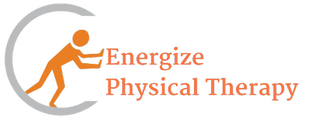I'm being treated for disc herniation as the cause of my low-back pain. How can they be sure that's what's causing the problem without an MRI?
Most often the patient history and symptoms guide the doctor in making the diagnosis of lumbar disc herniation. Adults in their middle years (40 to 60) are affected most often. There may be a history of heavy lifting, twisting, or other trauma. Sometimes disc degeneration with aging is the main cause.
Low back pain that's worse when bending forward signals a possible disc problem. Forward flexion puts increased pressure on the front portion of the vertebra. The effect is to put pressure on the disc and move it in a posterior direction. If the disc is protruding and it's pressed back toward the spinal nerve, then back pain is the result. The pain may travel down the leg.
At the same time, when done properly, back extension can ease painful symptoms from a protruding or herniated disc. Pain that's made worse by backward or side bending may be coming from the facet joints.
A course of conservative treatment can help confirm or deny the diagnosis. If your symptoms aren't improved, then an MRI might be in order.
Markus Wenger, MD, and Thomas-Marc Markwalder, MD. A Novel Surgical Treatment of Lumbar Disc Herniation in Patients with Long-Standing Degenerative Disc Disease. In Journal of Neurosurgery: Spine. May 2005. Vol. 2. Pp. 515-520.
